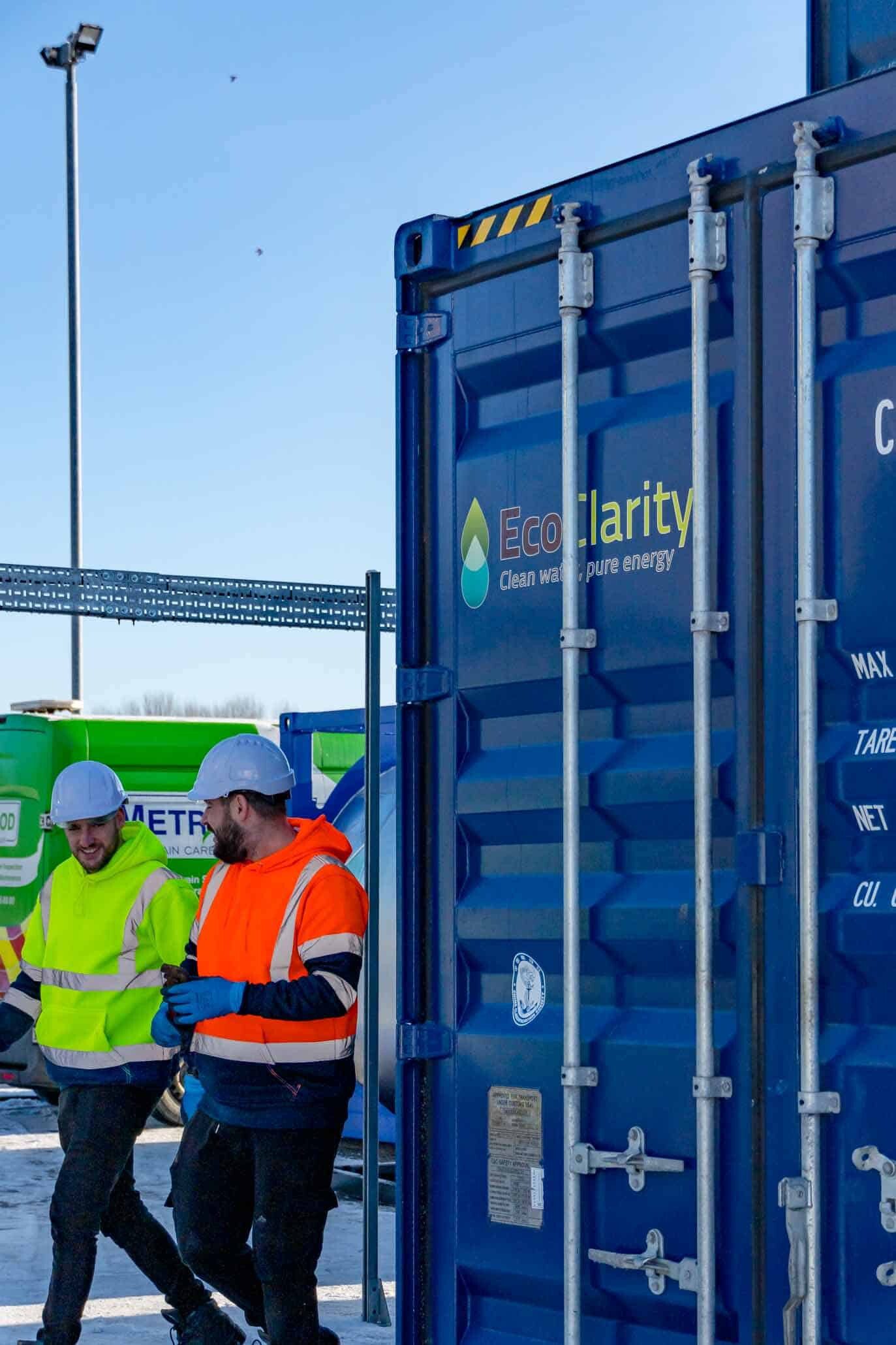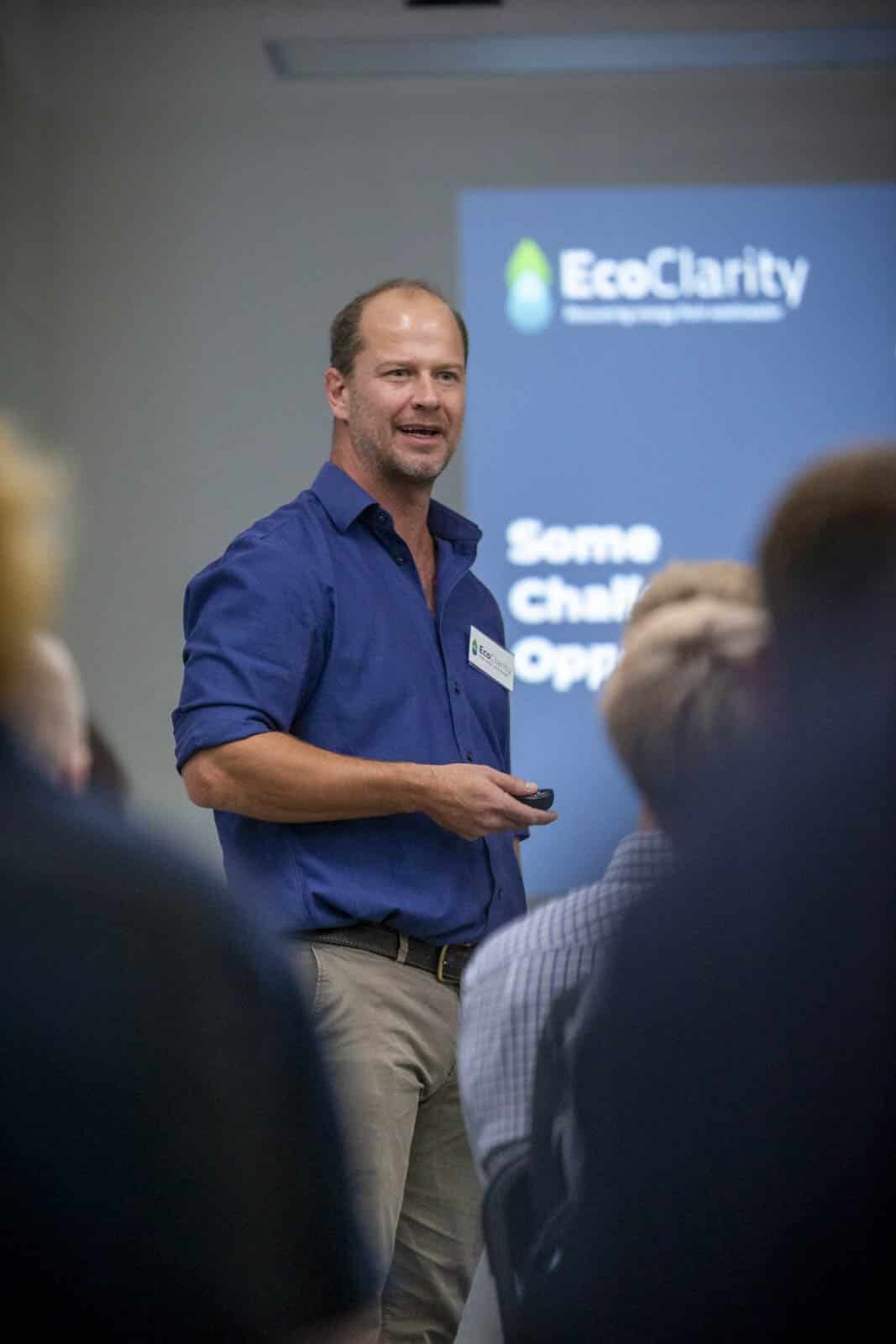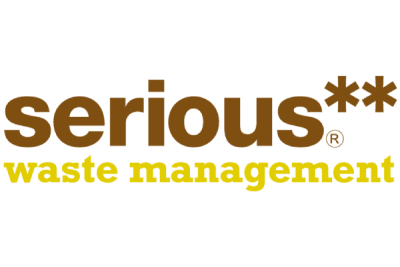Scope 3 Reporting Requirements in the UK: What You Need to Know
Scope 3 emissions reporting is currently voluntary in the UK, but it is strongly encouraged under the Streamlined Energy and Carbon Reporting (SECR) framework and the GHG Protocol guidance, with mandatory disclosure expected under the future UK Sustainability Disclosure Standards (SDS).

Understanding Scope 3 Emissions and SECR Rules
The Streamlined Energy and Carbon Reporting (SECR) framework encourages UK companies to measure and disclose greenhouse gas emissions, including Scope 3 where material to operations or supply chains. Introduced to improve transparency and consistency across corporate carbon reporting, SECR applies to large UK-incorporated organisations meeting at least two of three thresholds: 250 or more employees, £36 million turnover, or £18 million balance sheet total. While the disclosure of Scope 3 data under SECR remains voluntary, it is strongly recommended for companies whose value chains generate significant emissions beyond their direct control.
SECR aligns closely with the Greenhouse Gas (GHG) Protocol, the global standard for emissions accounting. The Protocol defines three scopes of emissions: Scope 1 covers direct emissions from owned or controlled sources such as boilers, vehicles, or on-site processes. Scope 2 includes indirect emissions from purchased electricity, heating, cooling, or steam. Scope 3 extends across the entire value chain, capturing indirect emissions from upstream suppliers, business travel, distribution, product use, and end-of-life treatment. Together, these categories provide a full picture of an organisation’s carbon footprint.
For most companies, particularly in manufacturing, logistics, and food processing, Scope 3 represents the largest proportion of total emissions. This means that excluding it from corporate disclosures can create an incomplete or misleading picture of environmental performance. Investors, regulators, and customers are increasingly focusing on Scope 3 data to assess transition risk, supply chain resilience, and the credibility of Net Zero targets. As the UK prepares to implement Sustainability Disclosure Standards (SDS) based on the ISSB’s IFRS S2 climate standard, comprehensive Scope 3 reporting is expected to become a key requirement in ESG and financial reporting. Incorporating accurate Scope 3 data now helps organisations prepare for this shift, demonstrate transparency, and build trust with stakeholders in the evolving sustainability disclosure landscape.
What is Scope 3?
This article explains what is required today, how standards are evolving, and practical steps to prepare. It connects UK policy updates and global standards to concrete actions – like capturing fats, oils and grease (FOG) as a circular input for biodiesel via Eco-Clarity’s FOG Recovery Hubs and using the FOG CO₂ Estimator to evidence outcomes in value-chain reporting.
How Does EcoClarity Support Scope 3 Reporting?
Eco-Clarity supports Scope 3 requirements by diverting fats, oils and grease (FOG) into a circular recovery pathway for biodiesel via its FOG Recovery Hubs. Loads are booked, analysed and documented, enabling clients to reference activity data and request CO₂-savings reports for use in Scope 3, ESG and tender disclosures – without relying on unverified assumptions or unsupported statistics.


What are Scope 3 emissions?
Why Scope 3 matters to UK organisations
Respondents to the UK Call for Evidence noted several reasons. First, Scope 3 emissions frequently account for the majority of an organisation’s climate impact, so excluding them distorts strategy and risk assessment. Second, value-chain visibility enables targeted logistics optimisation, rather than generic pledges. Third, investors increasingly rely on Scope 3 to understand transition risk, supply resilience and progress toward targets that align with broader decarbonisation plans and frameworks such as SBTi.
Greenhouse gases cause long-term problems
Any carbon dioxide added to the atmosphere will hang around for a long time: between 300 to 1,000 years. All this time, it will be contributing to trapping heat and warming the atmosphere.
The Greehouse Gas (GHG) Protocol
Scope 3 reporting and calculation approaches: why activity-based data matters
The Greenhouse Gas (GHG) Protocol groups corporate emissions into three scopes. Scope 1 covers direct, on-site fuel combustion and process emissions. Scope 2 covers purchased electricity, heat, steam and cooling. Scope 3 encompasses all other indirect emissions throughout the value chain – supplier activities, logistics, the use of sold products, and end-of-life. For most complex organisations, Scope 3 is the largest share of the footprint and therefore shapes investor expectations and the growing focus in news and policy discussions.
1. Calculation approaches
The GHG Protocol recognises four ways to calculate Scope 3 emissions, arranged from most to least specific. First, the supplier-specific method uses primary data gathered directly from suppliers – for example, metered emissions from a waste carrier or a biodiesel producer. This offers the highest accuracy and auditability but depends on strong monitoring systems and data controls across the chain.
Second, the hybrid method blends that primary supplier data with secondary sources where gaps exist. Third, the spend-based method multiplies financial outlay by generic emission factors; this is simple to deploy at scale but often the least precise because it cannot see process efficiency or circular practices. Fourth, the average-data method draws on industry averages or life-cycle databases; it improves on spend-based estimates but still cannot reflect the unique practices of individual suppliers.
Many disclosures lean heavily on spend-based or average-data approaches, which produce approximations rather than measured outcomes. Eco Clarity addresses this by generating supplier-specific evidence through its FOG Recovery Hubs. Every load is booked, weighed, and traced into recovery, replacing assumptions with activity-based data for categories such as waste generated in operations and fuel- and energy-related activities.
2. Data quality and hierarchy of sources
Beyond methods, the Protocol sets a hierarchy for data quality. At the top sits primary, supplier-specific activity data. In the middle are hybrid approaches and representative averages. At the base are spend-based estimates. Data quality is judged on temporal currency, geographic representativeness, technological specificity, and the robustness of controls that govern collection and aggregation.
Eco Clarity provides tier-one source data through real-time metering, duty-of-care records, and digital mass-balance checks. Each collection is paired with verifiable CO₂ calculations that can be lifted directly into assurance-ready disclosures and internal dashboards, or compared using the CO₂ estimator for planning and performance tracking.
3. Screening and materiality assessment
The Protocol recommends starting with a screening to map all Scope 3 categories and to rank them by materiality. This identifies hotspots, prevents effort from being spread thinly, and sets a clear sequence for deeper measurement. A financial services firm may find business travel and purchased services dominant; a food manufacturer typically sees waste generated in operations and fuel- and energy-related activities at the top of the list.
For operators handling FOG, disposal almost always registers as material. Traditional routes such as landfill, incineration, or uncontrolled discharge add avoidable emissions and compliance risk. By adopting circular recovery with Eco Clarity, organisations move a high-priority hotspot from estimated impacts to measured reductions, strengthening both reporting and operational outcomes for food manufacturers and wastewater partners.
4. Category-specific guidance
After screening, the GHG Protocol directs companies to measure the Scope 3 categories that are most material. The 15 categories span upstream and downstream activities and give a common structure for data collection and disclosure:
- Purchased goods and services – emissions from the production of acquired goods and services.
- Capital goods – emissions from producing fixed assets such as buildings, equipment and infrastructure.
- Fuel- and energy-related activities (not in Scope 1 or 2) – extraction, production and transportation of purchased fuels and energy.
- Upstream transportation and distribution – moving goods purchased by the company.
- Waste generated in operations – treatment and disposal of waste arising from business activities.
- Business travel – employee travel for work (air, rail, car hire and similar).
- Employee commuting – journeys between home and the workplace.
- Upstream leased assets – operations of leased-in assets not in Scope 1 or 2.
- Downstream transportation and distribution – transporting and distributing products sold.
- Processing of sold products – third-party processing of intermediate products sold.
- Use of sold products – emissions during customer or user operation.
- End-of-life treatment of sold products – disposal, recycling and treatment after use.
- Downstream leased assets – operations of assets owned but leased to others.
- Franchises – operations of franchises not included in Scope 1 or 2.
- Investments – emissions associated with equity and debt holdings.
Not all categories are equally material, but three are frequently decisive for Eco Clarity’s clients. In waste generated in operations, documented FOG collections are recovered into fuel with a clear chain of custody. In fuel- and energy-related activities, using biodiesel instead of fossil diesel lowers lifecycle emissions. In upstream transportation and distribution, on-site recovery reduces tanker mileage and associated emissions, turning perceived compliance burdens into measured, defensible gains. References to GTW and consolidation can be explored through the GTW hub.
5. Value chain engagement
Scope 3 reporting cannot be built in isolation. The Protocol expects engagement across suppliers, logistics partners, customers and industry bodies to improve data quality and to coordinate reductions. Effective practices include aligned questionnaires, shared emission-factor libraries, digital chain-of-custody systems, and commercial incentives that reward verifiable improvements.
Eco Clarity’s operating model connects generators, liquid waste hauliers and fuel producers in one workflow. Hauliers gain faster turnarounds and digital paperwork; manufacturers receive auditable reports suitable for assurance and tendering; producers secure consistent feedstock quality. This value-chain approach is reinforced through collaboration with partners and aligned commitments on sustainability.
6. Uncertainty, allocation and boundary setting
The Protocol asks reporters to be explicit about uncertainty and to improve it over time. Sources of uncertainty include emission-factor variability, estimation methods, gaps in supplier responses, and allocation choices. Where one process yields multiple outputs – for example, biodiesel and co-products – emissions must be allocated using transparent rules (mass, energy content or economic value), and the method should be applied consistently year to year.
Boundary setting determines which activities are included under equity share, operational control or financial control. Clear boundaries prevent double counting between scopes and across companies. Eco Clarity reduces uncertainty by replacing estimates with activity data; supports transparent allocation with its fuel partners; and provides a consistent evidence trail that fits whichever boundary approach the reporter adopts. For planning and disclosure, organisations can compare scenarios using the CO₂ estimator.
7. Reporting principles
Five principles underpin credible disclosures: relevance, completeness, consistency, transparency and accuracy. Relevance ensures the inventory reflects the decisions stakeholders need to make. Completeness requires that all material sources within the boundary are included. Consistency supports year-on-year comparison. Transparency demands clear methods, factors and assumptions. Accuracy aims to minimise bias and material error.
In practice, Eco Clarity supports these principles by focusing on a material hotspot (FOG), logging every load with duty-of-care records, standardising monthly CO₂ outputs for year-over-year comparison, publishing a clear data trail from collection to recovery, and basing results on measured activity rather than generic averages.
8. Use of results
The purpose of Scope 3 data is to drive decisions. Integrated into risk management, it highlights regulatory exposure, procurement vulnerabilities and logistics inefficiencies. Applied to opportunity, it unlocks cost savings, circular-economy credentials and stronger performance in tenders. Linked to targets, it enables robust tracking against science-based and Net Zero pathways with evidence rather than claims.
By diverting FOG into fuel, companies reduce Mogden costs and enforcement risk, while demonstrating progress backed by metered data. Verifiable per-load CO₂ outcomes – often up to a substantial improvement relative to fossil benchmarks – can be incorporated into KPIs, supplier scorecards and reporting packs. For programme setup and ongoing monitoring, teams can use the CO₂ estimator and align with internal sustainability frameworks.
From burden to advantage
Scope 3 is complex because it spans the full value chain and fifteen categories, but the direction is clear: organisations that shift from averages to supplier-specific, activity-based evidence produce disclosures that are useful, comparable and defensible. This is where Eco Clarity adds value. By recovering FOG through auditable operations and converting it to fuel, clients receive evidence-grade data, compliance and cost benefits, and measurable contributions to long-term decarbonisation goals.
To explore implementation or to schedule collections, contact Eco Clarity or book a slot via FOG disposal.
How Eco‑Clarity Helps Meet Scope 3 Requirements
Scope 3 reporting risks being criticised for being vague or overly reliant on spend-based estimates. Eco-Clarity provides activity-based, verifiable data that links operations to defensible carbon outcomes for food manufacturers and liquid waste carriers.
- Measured, auditable data:
Real-time load metering, duty-of-care records, and mass-balance QA for every collection or on-site recovery. Replace assumptions with complex numbers that withstand scrutiny. - Recognisable circular outcome:
FOG is turned into an input for biodiesel, which is widely reported to emit about 87% less GHG than fossil diesel when combusted. This strengthens Scope 3 disclosures compared with landfill or incineration routes. - Cost and compliance benefits:
Diverting high-strength FOG can significantly reduce Mogden charges, while also lowering the risk of enforcement under the Water Industry Act. Carriers benefit from faster turnarounds and digital paperwork that improve profitability. - Operational fit:
Choose tankered waste to hubs (with pre-booked slots, fast offload, instant invoicing, and monthly carbon reports) or install on-site recovery (for fewer tanker miles, higher measured savings, and lower Mogden costs). Both options minimise disruption.
Eco-Clarity turns a compliance burden into a practical advantage by delivering evidence-grade Scope 3 data, recognised circular outcomes, and tangible cost savings, all integrated into day-to-day operations.

Turning Compliance into a Scope 3 Opportunity
Eco-Clarity introduces a practical alternative. Every load of fats, oils and grease (FOG) captured at a FOG recovery hub or through on-site recovery is monitored, weighed and traced. This activity-based approach generates numbers that withstand scrutiny and feed directly into Scope 3 categories such as waste generated in operations and fuel- and energy-related activities. The outcome is not an assumption but a verified carbon saving that can be integrated into ESG reports, SECR filings and tender responses.
By turning low-value waste into biodiesel with approximately 87% lower emissions than fossil diesel, Eco-Clarity links day-to-day compliance with sustainability goals. The process supports procurement teams, sustainability leads and finance directors who must evidence progress to boards, regulators and investors. In this way, what begins as a statutory obligation to manage FOG becomes a measurable contribution to Scope 3 reduction pathways.
Biodiesel is clean, renewable energy
An average car run on diesel fossil fuel emits 2.7kg/l of carbon dioxide. Biodiesel represents an 87% saving on greenhouse gas emissions over fossil fuels. This means 2.34kg of CO2 is saved per litre of biodiesel burnt.
Stakeholder Perspective: Serious Waste Management
David Bould, Technical Director at Serious Waste Management Ltd, has worked in the water and sewage industry for over 40 years. He argues that the UK’s approach to fats, oils and grease (FOG) disposal is now in a worse position than decades ago. With water companies tightening rules but closing many disposal points, the result has been higher costs, illegal dumping and failing wastewater treatment infrastructure.
Common “solutions” such as undersized passive traps or bacterial dosing systems often fail in practice, leaving food service establishments non-compliant and grease flowing downstream. The lack of a coordinated strategy means tankers travel long distances to limited facilities, undermining both efficiency and carbon savings. Bould stresses that without a nationwide network of proper disposal hubs, the industry will continue to face systemic challenges.
He believes that strategically located FOG recovery hubs, ideally co-located with major wastewater treatment plants, offer a credible way forward. This would provide a “carrot to go with the stick” by giving operators legal and efficient disposal routes while producing millions of litres of biofuel and measurable Scope 3 reductions.
Bould’s perspective reinforces the value of Eco-Clarity’s model: real-time monitoring, duty-of-care records and auditable CO₂ savings that support Scope 3 reporting. With broader adoption, FOG disposal can shift from being a compliance burden to a measurable contribution to ESG and Net Zero pathways.

“Finally, a workable solution that can take low-grade FOG waste and recycle it with Argent Energy into biofuel, a real circular economy. The trial sites have been effective and enabled us to improve the green credentials of several major clients.”
David Bould — Technical Director, Serious Waste Management Ltd
Stakeholder perspective: Metro Rod
David Corbett, Head of SHEQ & Operations at Metro Rod Ltd, highlights the scale of the challenge posed by fats, oils and grease (FOG) across the UK. From his experience in drainage, FOG is a persistent cause of blockages, environmental damage and high maintenance costs, affecting businesses, local authorities and water companies on a daily basis.
He notes that there is an urgent need for sustainable disposal routes, but viable options remain scarce. This lack of infrastructure leaves waste carriers with limited choices, while the environmental consequences of poor disposal practices continue to mount. In Corbett’s view, an effective and scalable recovery solution would be transformative for the industry.
Eco-Clarity’s approach provides exactly that. By converting FOG waste into biodiesel, the company addresses two critical issues: the lack of responsible disposal outlets and the need to expand renewable energy sources. The outcome is both operational and strategic — a reliable route for carriers combined with measurable Scope 3 benefits through reduced reliance on fossil fuels.
“From our perspective in the drainage industry, having a reliable and environmentally responsible outlet for FOG waste would be a game-changer. It would ease the burden on waste carriers, improve environmental outcomes, and reduce the long-term costs associated with drainage and sewer maintenance.”
Corbett emphasises that having a dependable outlet for FOG would ease the burden on carriers, improve environmental outcomes, and reduce the long-term costs of sewer maintenance. He encourages stakeholders, regulators and decision-makers to support initiatives like Eco-Clarity’s FOG recovery hubs, which connect waste management to national Net Zero goals.

“By transforming what has traditionally been a problematic waste stream into a valuable resource, Eco-Clarity are not only providing a much-needed service to companies like ours, but also contributing directly to the UK’s wider environmental and sustainability goals.”
David Corbett — Head of SHEQ & Operations, Metro Rod Ltd

